Capital Lease Vs Operating Lease: What’s the Difference?
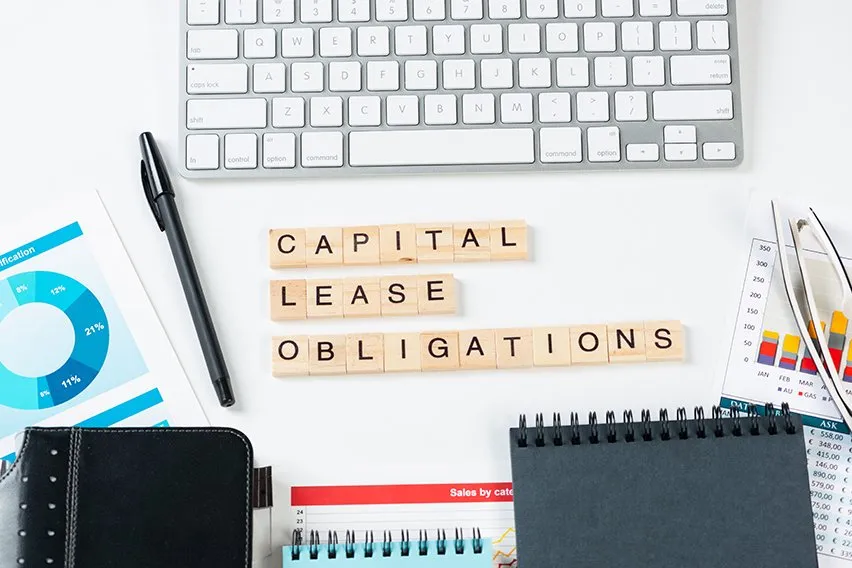
As your business grows, you may encounter two types of leasing agreements. Capital leases and operating leases. Both finance leases entail periodic payments to a lessor. Both allow you access to an asset under the company name. But the nature of the assets and how it affects your business balance sheet is what we’ll explore today.
Here’s What We’ll Cover:
Capital Lease vs Operating Lease in Accounting
What Is a Capital Lease?
A capital lease is a specific kind of renting contract between a lessor and lessee. The contract allows for the renter to use the asset for a temporary period. On the accounting ledger, the business will treat the asset like it owns it. At the end of the lease term, the business has the opportunity to buy the asset or return it.
A great example would be a lease-to-buy car. Your business may enter a hire purchase agreement for a company car. So for all intents and purposes, the business owns that car for a temporary period of time. The depreciation and maintenance of the vehicle is the company responsibility – not the car company’s responsibility. At the end of the lease agreement, the company can buy the car and own it outright. Alternatively, they can return the car to the car company.

To qualify as a capital lease, the agreement must meet any one of the five following criteria:
- There’s a transfer of ownership at the end of the term of the lease
- There’s an option to purchase the asset at a discounted price at the end of the term. (You’ll see this referred to as a Bargain Purchase Option)
- The term of the lease is 75% or more of the useful life of the asset. (Useful life of an asset is the estimated number of years that an asset will be in operation).
- The present value of the lease payments is 90% or more of the asset’s fair market value(Fair market value is how much the asset would sell for on the open market, with no undue pressure).
- The asset is a specialized item that only the renter can use without making any dramatic changes to it.
These guidelines are outlined by the International Financial Reporting Standards Foundation (IFRS). The US’ generally accepted accounting principles (GAAP) recognize the first 4 principles, but not the 5th.
What Is an Operating Lease?
An operating lease is a contract that doesn’t entail any ownership of the asset. It’s not recorded as an expense the same way that ownership would. The expenses are renting expenses only as opposed to depreciation and maintenance. At the end of the lease term, there isn’t an option to own the asset. It’s always intended to be rented and returned. Therefore any depreciation and maintenance costs are the responsibility of the lessor.
Let’s return to the car example. A company can hire a company car for a set price per month. The business and car company agree to a fixed lease term at the beginning of the contract. This is when the car must be returned. Any maintenance is the car company’s responsibility (up to a point). The depreciation of a new car being used by the business is also the car company’s loss.
Capital Lease Vs Operating Lease in Accounting
So how do these types of leases affect your income statements and balance sheets? Capital leases and operating leases appear very differently in accounting.
Starting with capital leases, the rent-to-buy situation makes the asset behave like a fixed part of the business’ property. On the balance sheet, you put the current market value of the asset at the time of purchasing. Then over time, you calculate the depreciation of the asset as a loss.
You also need to record a capital lease as a loan. If there are interest payments, record these on your income statement. Any taxes, insurance and maintenance costs related to the asset also go on your income statement.
Operating leases are a little easier in terms of accrual accounting. Because you’re just renting the asset and it’s not the property of the business, there’s less to keep track of. The lease payments are your operating expenses. You can record it under the appropriate expense category on your income statement. You don’t record the asset on your balance sheet at all. You don’t own the asset nor have a rent-to-own agreement like you could with a capital lease. Operating leases are straightforward renting agreements.
Pros of Capital Leases
- By having the depreciation calculations of the asset on the balance sheet, the business can save on taxes. This is because depreciation losses affect the income calculations overall. So the business can pay less in income taxes.
- Interest expenses also affect income calculations. Therefore, capital leases reduce income taxes overall.
- The “try it before you buy it” approach means you can test out a large purchase asset for an extended lease period. There doesn’t need to be a commitment to purchase the asset at the end of the term but the option is open to you.
- If you do decide to purchase the asset at the end of the term, it will be heavily discounted. The bargain price will undercut market value.

Pros of Operating Leases
- You don’t own the asset and have no risk of ownership. Therefore maintenance costs are not your responsibility. This is appealing for a large ticket piece of equipment that could break down often, like a car or industrial printer.
- You can rent a big ticket item at a lower cost than purchasing it. This is more conducive to startups and small businesses that perhaps can’t afford a large expense.
- You record operating lease payments on your profit and loss income statements. They are regular expenses. As with all other qualifying operating expenses, they reduce your taxable income. You can’t do this with capital leases. Capital lease agreement payments are counted as debt. They don’t count as tax-deductible expenses. Only the interest payments and depreciation expenses can be tax-deductible.
- It’s not uncommon for a capital lease payment to be more expensive than an operating lease payment. Of course, this depends on the asset in question. However, if there’s a transfer of ownership agreement in place from the beginning, the rental price may be higher than a normal rental agreement.
- Operating leases are ideal short-term leases.
Key Takeaways
Leasing is an opportunity to grow your business in a sustainable way. Instead of purchasing large ticket items outright, these two finance leases provide an alternative that may work better for cash flow.
Both capital and operating leases have their pros and cons. We hope that understanding the accounting for leases helped you discover the right lease life for you.
Was this guide helpful to you? Head to our resource hub to learn more about business accounting.
RELATED ARTICLES

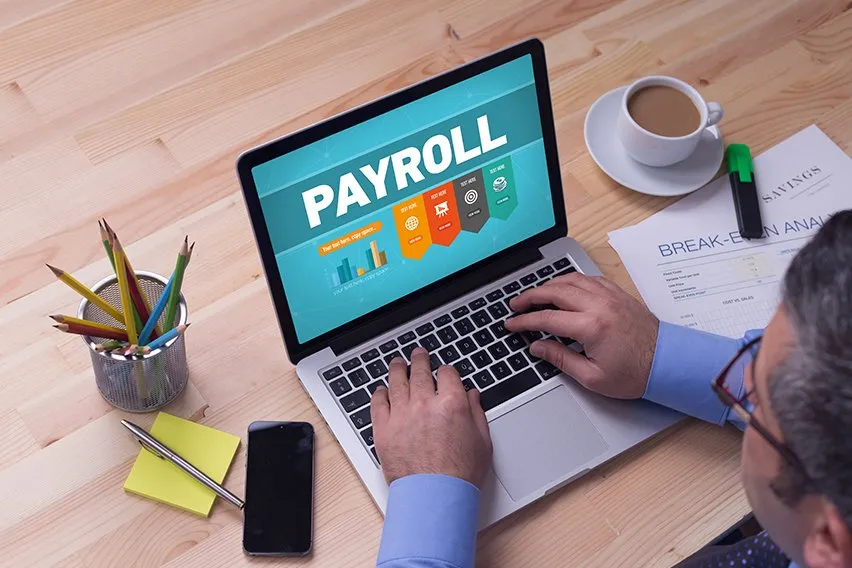 What Is Payroll Remittance & Deduction?
What Is Payroll Remittance & Deduction?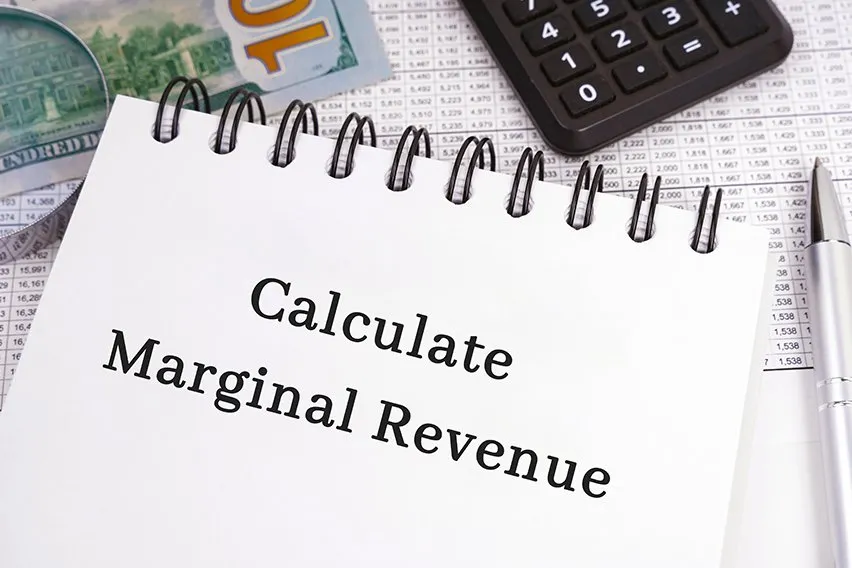 Learn How to Calculate Marginal Revenue
Learn How to Calculate Marginal Revenue What Is a Bad Debt Expense? Overview, Example & Calculation
What Is a Bad Debt Expense? Overview, Example & Calculation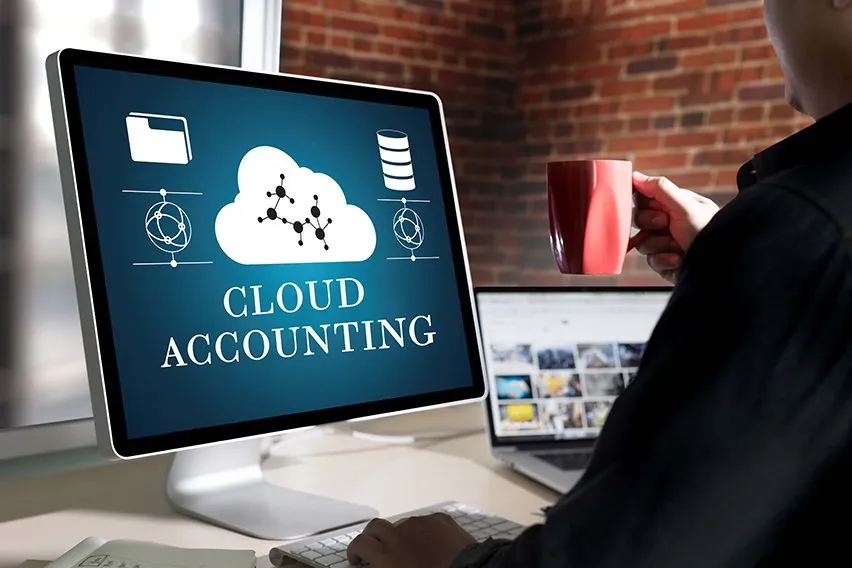 What Is Cloud Accounting? A Small Business Guide
What Is Cloud Accounting? A Small Business Guide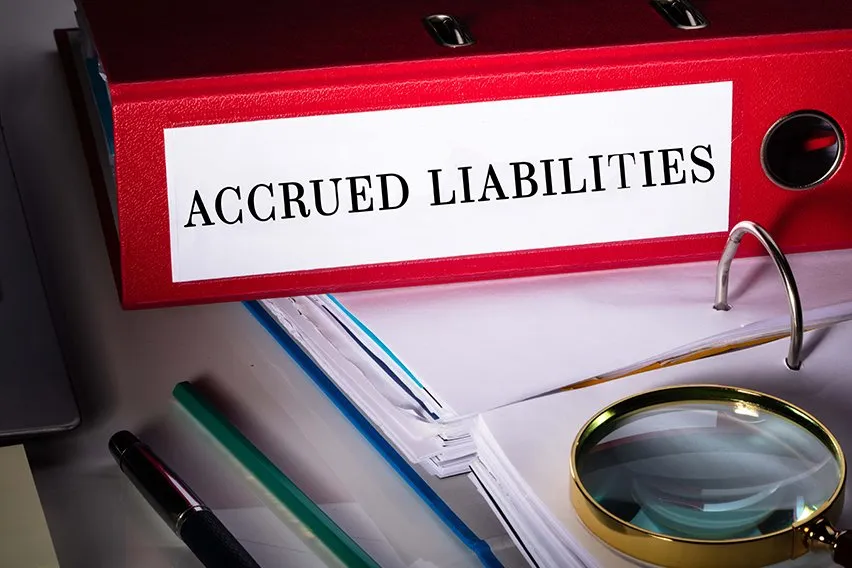 What Are Accrued Liabilities? Definition, Types & Examples
What Are Accrued Liabilities? Definition, Types & Examples How to Do Cash Flow Analysis? The Ultimate Guide
How to Do Cash Flow Analysis? The Ultimate Guide